The Australian Silky Terrier, often simply called the Silky Terrier, is a charming and spirited toy breed that stands out for its sleek, silky coat …

Happy Paws: All About Dogs

The Australian Silky Terrier, often simply called the Silky Terrier, is a charming and spirited toy breed that stands out for its sleek, silky coat …
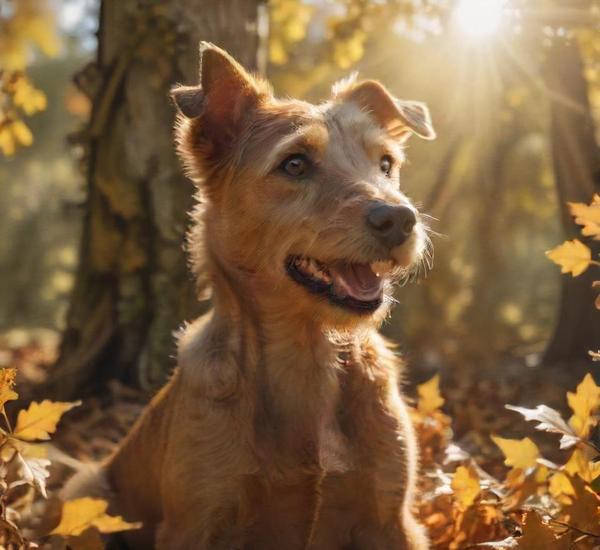
The Tenterfield Terrier, a spirited and affectionate Australian breed, has captured the hearts of dog enthusiasts with its lively personality and charming appearance. Originally bred …

The Bull Arab is a striking and versatile breed that stands out in the world of canine companions for its unique blend of strength, agility, …
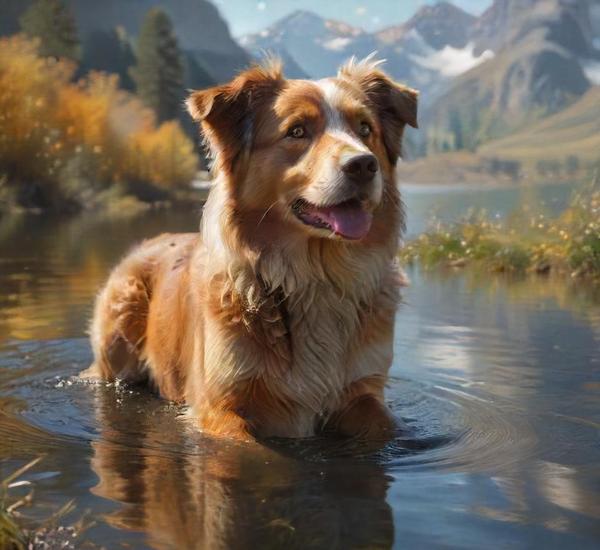
Australian Shepherds, often affectionately called Aussies, are a breed renowned for their intelligence, agility, and boundless energy. Originating in the American West rather than Australia, …
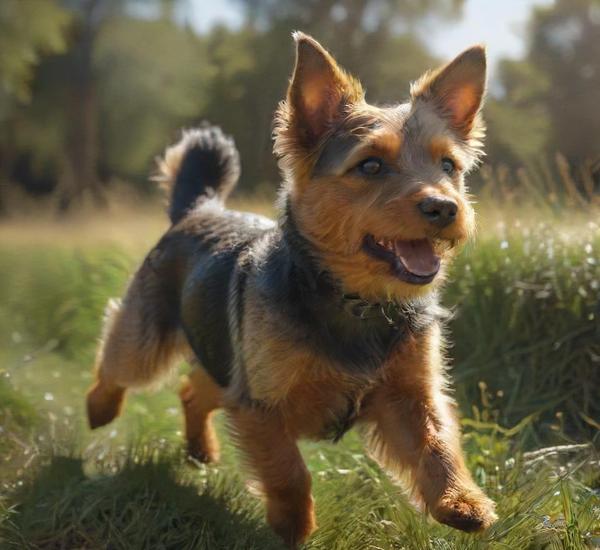
The Australian Terrier is a charming and spirited breed that stands out with its distinct appearance and lively personality. Originating from the rugged terrains of …
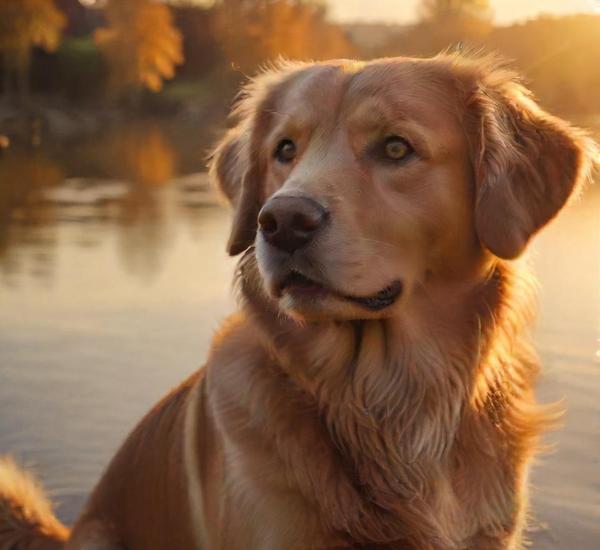
The Aidi, a captivating and versatile breed, holds a special place in the annals of canine history as a guardian of the Atlas Mountains in …

The Armant dog breed, a captivating and lesser-known gem of the canine world, traces its origins to the rich tapestry of ancient Egyptian history. Often …
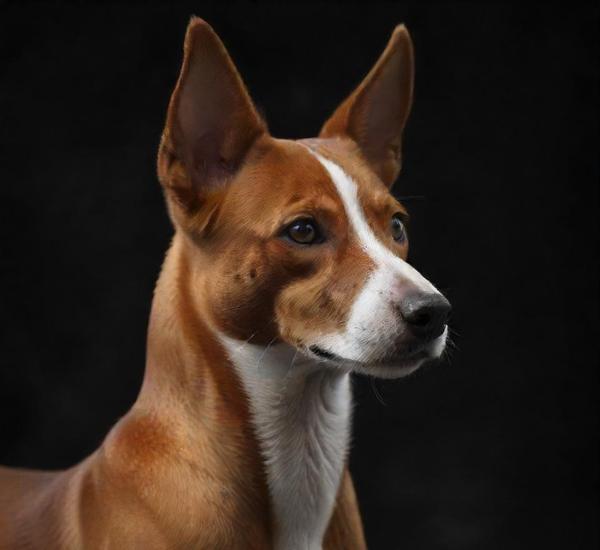
The Basenji, often referred to as the barkless dog, is a distinctive and captivating breed that stands out in the canine world for its unique …
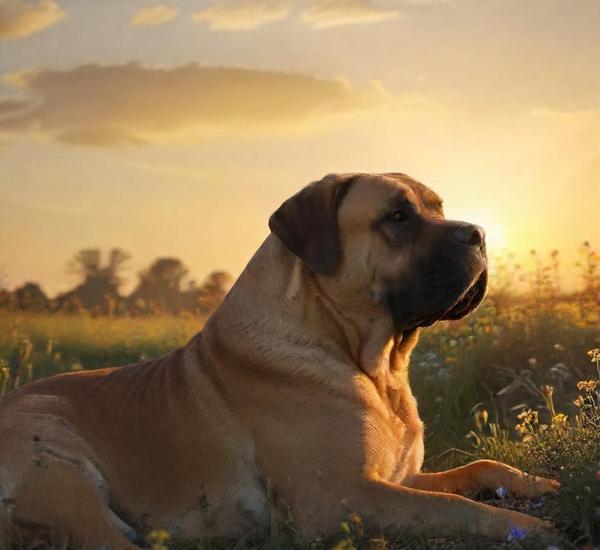
The Boerboel, a majestic and formidable breed, hails from South Africa where it was originally developed to protect homesteads and livestock from predators. Known for …

The Azawakh, a captivating and elegant breed of sighthound, hails from the Sahel region of Africa, encompassing countries like Mali, Niger, and Burkina Faso. Known …